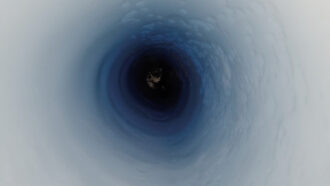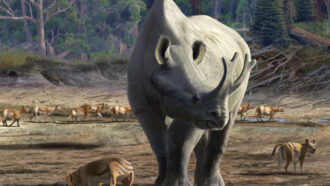
Animals
The Sonoran Desert toad can alter your mind — it’s not the only animal
Their psychedelic and other potentially mind-bending compounds didn't evolve to give people a trip.
Every print subscription comes with full digital access

Their psychedelic and other potentially mind-bending compounds didn't evolve to give people a trip.
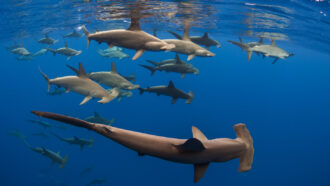
Scalloped hammerhead sharks in Hawaii seem to limit the use of their gills during deep dives to prevent losing heat to their surroundings.

Once inserted in the skull, the device unfurls flexible sensors that can monitor the brain's electrical activity less invasively than current methods.
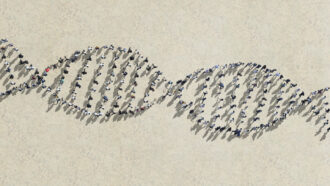
The deciphered DNA includes never-before-explored parts of the genome and better represents the genetic diversity of all humans.

A new study bolsters the idea that on the young Earth volcanic lightning may have provided some materials that made it possible for life to emerge.
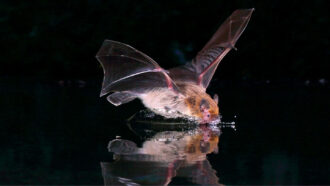
Tiny Kuhl’s pipistrelle bats make fewer calls when pregnant, which may make it more difficult to hunt prey, lab tests hint.
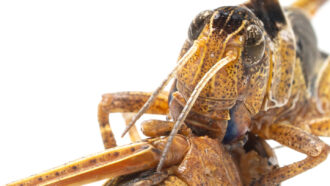
Releasing a “don’t-eat-me” pheromone signals a locust has become a toxic treat. The finding could lead to new ways to control destructive swarms.

GSK’s shot, for those 60 and over, can protect against severe respiratory syncytial virus. Other vaccines, including to protect newborns, are in the works.
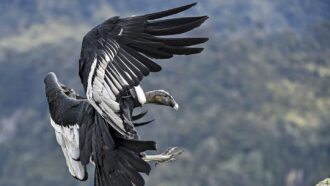
Guano that has accumulated in a cliffside Andean condor nest for 2,200 years reveals how the now-vulnerable birds responded to a changing environment.
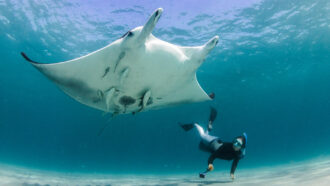
Jessica Pate and the Florida Manta Project confirm that endangered mantas are mating and sicklefin devils are migrating along the East Coast.
Subscribers, enter your e-mail address for full access to the Science News archives and digital editions.
Not a subscriber?
Become one now.
